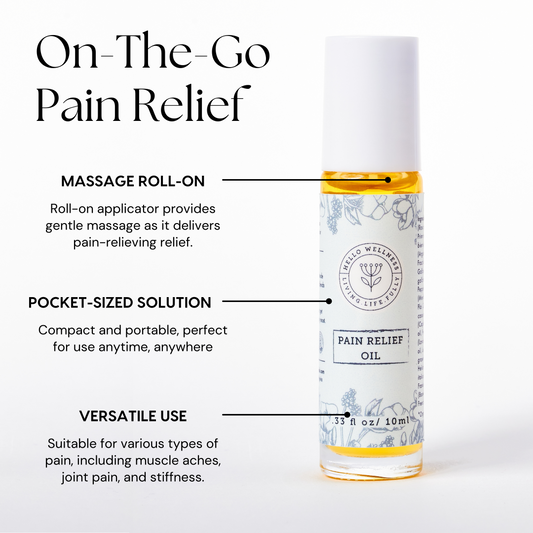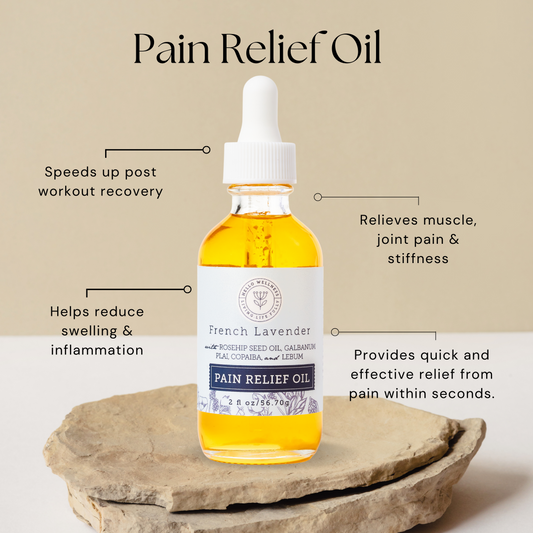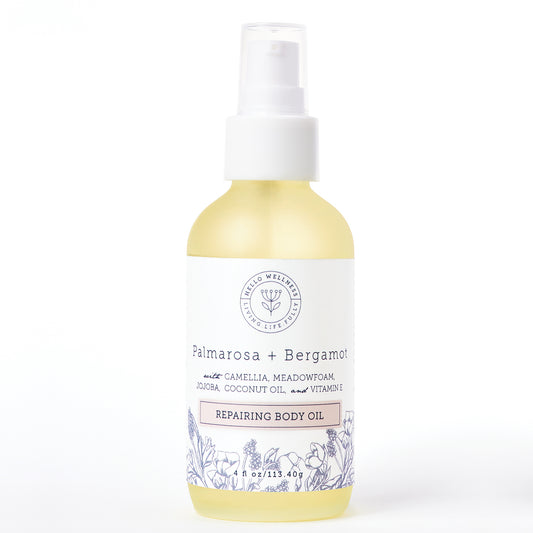- Causes: Acute pain can be caused by broken bones, burns, cuts, dental work, or surgical procedures.
- Management: Treatment usually involves rest, ice, compression, and elevation (RICE), along with medications like acetaminophen or ibuprofen. In some cases, stronger painkillers or physical therapy may be necessary. For muscle and joint pain relief, our Pain Relief Oil can be an excellent natural remedy to reduce discomfort and promote healing.
Pain Management
Understanding Pain: Types, Causes, and Management
By Victoria Makinde on August 7, 2024

Why does our body experience pain? It's a question that many of us have pondered. After all, pain is an unpleasant sensation that we'd all like to avoid.
Pain is a universal experience that serves as a signal from our body that something is wrong. It can vary in intensity, duration, and type, affecting individuals differently. Understanding the different types of pain and how to manage them is crucial for improving quality of life. In the second part of this blog series, we'll explore the various types of pain, their causes, and effective management strategies, including natural remedies and products we offer.
Types of Pain
Acute Pain
Acute pain is short-term pain that typically results from injury, surgery, or illness. It serves as a warning signal that something is wrong in the body.
Chronic Pain
Chronic pain persists for longer than three months and can continue even after the injury or illness that caused it has healed. This type of pain can be debilitating and affect one's quality of life.
- Causes: Chronic pain can result from conditions like arthritis, fibromyalgia, back pain, and neuropathy.
- Management: Effective management includes a combination of medications (like NSAIDs, antidepressants, or anticonvulsants), physical therapy, lifestyle changes, and sometimes alternative therapies such as acupuncture or mindfulness meditation.


Neuropathic Pain
Neuropathic pain is caused by damage or dysfunction in the nervous system. It is often described as burning, shooting, or stabbing pain.
- Causes: Common causes include diabetes (diabetic neuropathy), shingles (postherpetic neuralgia), and nerve compression or trauma.
- Management: Treatment options include medications like gabapentin, pregabalin, or tricyclic antidepressants. Physical therapy and nerve blocks may also be beneficial. For neuropathy pain, our Palmarosa + Bergamot Oil can provide soothing relief through natural ingredients known for their calming and pain-relieving properties.
Nociceptive Pain
Nociceptive pain arises from tissue damage or inflammation. It is often described as sharp, aching, or throbbing pain.
- Causes: This type of pain can be caused by injuries like cuts, bruises, sprains, or inflammatory conditions like rheumatoid arthritis.
- Management: NSAIDs, acetaminophen, and opioids (for severe cases) are common treatments. Physical therapy and rest can also aid in recovery. To help manage muscle soreness and inflammation, try our Muscle Relief Bath Soak for a relaxing and therapeutic experience.
Natural Pain Relief Solutions
Pain Relief Oil
Pain Relief Oil
Regular price
From $20.00
Sale price
From $20.00
Regular price
$20.00
Unit price
per
Palmarosa + Bergamot Body Oil
Palmarosa + Bergamot Body Oil
Regular price
From $32.00
Sale price
From $32.00
Regular price
$32.00
Unit price
per
Muscle Relief Bath Soak
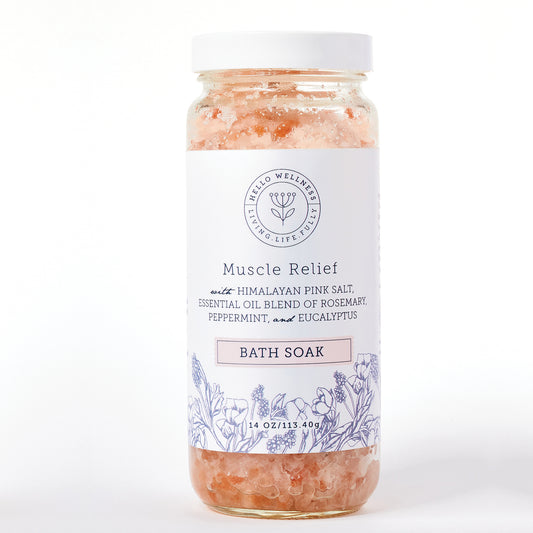
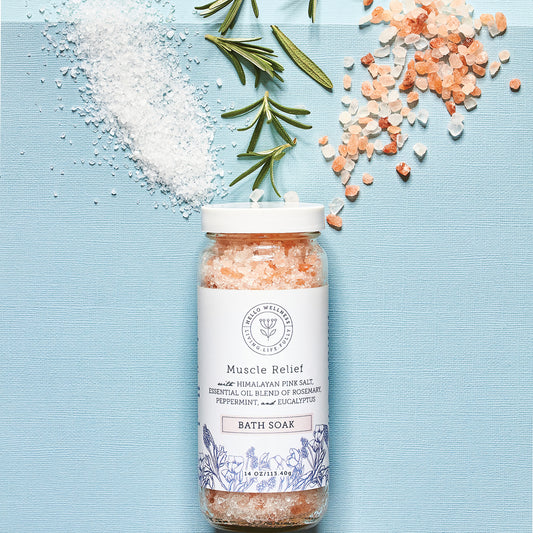


Muscle Relief Bath Soak
Regular price
$34.00
Sale price
$34.00
Regular price
$34.00
Unit price
per
Conventional Pain Management Strategies
Medications
Different types of pain require different medications. Over-the-counter options like acetaminophen and ibuprofen are suitable for mild to moderate pain, while stronger prescriptions may be needed for severe pain. Always consult with a healthcare provider to find the most appropriate medication.
Physical Therapy
Physical therapy can help alleviate pain by improving mobility, strength, and flexibility. Tailored exercises and treatments like massage, heat/cold therapy, and electrical stimulation can be very effective.


Holistic Pain Management Strategies
In addition to conventional treatments, natural and holistic methods can play a significant role in managing pain. Here are some effective strategies:
Complementary Therapies
Complementary therapies such as acupuncture, chiropractic care, and herbal supplements can provide relief for some individuals. It's important to discuss these options with a healthcare provider to ensure they are safe and effective for your specific condition.
Herbal Remedies
Certain herbs have pain-relieving properties. For example, turmeric contains curcumin, which has anti-inflammatory effects. Ginger can also reduce pain and inflammation.
Essential Oils
Aromatherapy using essential oils like lavender, eucalyptus, and peppermint can help alleviate pain. These oils can be applied topically (diluted with a carrier oil) or used in a diffuser for inhalation. Our Pain Relief Oil, Palmarosa + Bergamot Oil, and Muscle Relief Bath Soak offer targeted relief with natural ingredients.


Heat and Cold Therapy
Applying heat can relax muscles and improve blood flow, while cold therapy can reduce inflammation and numb sore areas. Alternating between heat and cold can be particularly effective.
Mind-Body Techniques
Mind-body techniques such as meditation, deep breathing, and progressive muscle relaxation can help manage pain by reducing stress and improving mental health. Cognitive-behavioral therapy (CBT) is another effective approach that helps patients change negative thought patterns related to pain.
Lifestyle Modifications
Maintaining a healthy lifestyle can significantly impact pain management. Regular exercise, a balanced diet, adequate sleep, and avoiding smoking and excessive alcohol can help reduce pain levels and improve overall well-being.


Exercise and Stretching
Regular physical activity can help manage pain by strengthening muscles, improving flexibility, and releasing endorphins, which are natural painkillers. Low-impact activities like swimming, walking, and yoga can be especially beneficial.
Dietary Changes
An anti-inflammatory diet rich in fruits, vegetables, whole grains, lean proteins, and healthy fats can help reduce pain. Omega-3 fatty acids, found in fish, flaxseeds, and walnuts, are particularly known for their anti-inflammatory properties.
Hydration
Staying well-hydrated is crucial, as dehydration can exacerbate pain. Drinking plenty of water and avoiding excessive caffeine and alcohol can help maintain hydration levels.


The Takeaway
Understanding the different types of pain and their management strategies, including natural remedies, is essential for anyone dealing with persistent discomfort. While pain can be challenging, there are numerous ways to address and manage it effectively. Always consult with healthcare professionals to tailor a pain management plan that suits your individual needs. Remember, you don't have to endure pain alone—support and resources are available to help you lead a more comfortable life.
Disclaimer
The information provided in this blog is for educational purposes only and is not intended as medical advice. Always consult with your doctor or a qualified healthcare provider before starting any new treatment, medication, or therapy. The strategies mentioned here should not replace professional medical consultation and treatment.
The information provided in this blog is for educational purposes only and is not intended as medical advice. Always consult with your doctor or a qualified healthcare provider before starting any new treatment, medication, or therapy. The strategies mentioned here should not replace professional medical consultation and treatment.
You Might Also Like
Understanding Pain: Types, Causes, and Management
Explore various strategies including medications, physical therapy, and complementary therapies such as acupuncture and mindfulness. Part 2
A blog can be used to talk about new product launches, tips, or other news you want to share with your customers.
Read more
Understanding Pain: Types, Causes, and Management
Explore various strategies including medications, physical therapy, and complementary therapies such as acupuncture and mindfulness. Part 2
A blog can be used to talk about new product launches, tips, or other news you want to share with your customers.
Read more
Understanding Pain: Types, Causes, and Management
Explore various strategies including medications, physical therapy, and complementary therapies such as acupuncture and mindfulness. Part 2
A blog can be used to talk about new product launches, tips, or other news you want to share with your customers.
Read more


